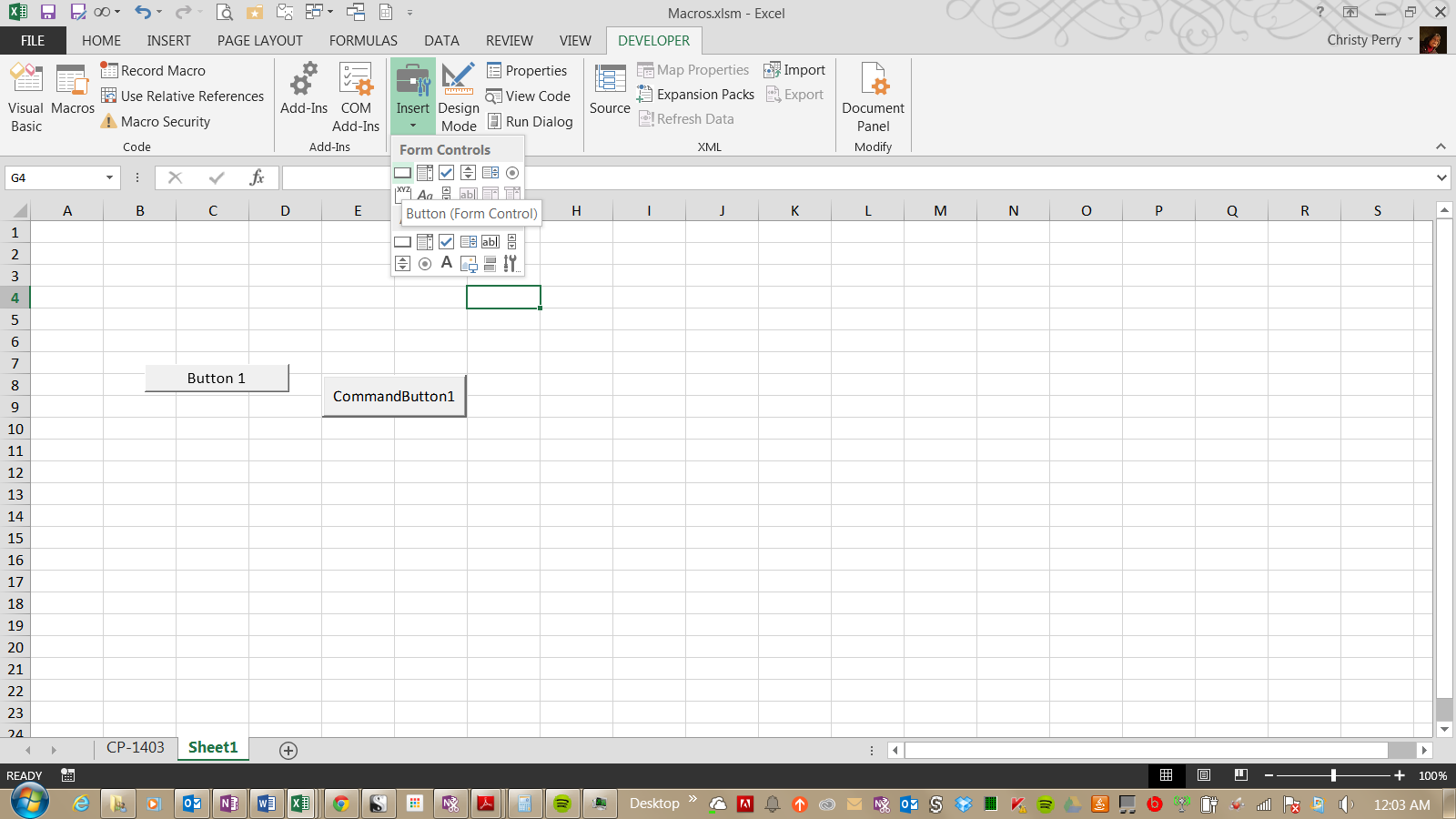
#Edit excel macro how to#
This video outlines the key content covered in this Microsoft 365: Creating and editing macros in Excel 365 course, including how to enable and record a macro, navigate the VBA Editor, and how to manage use macros in different workbooks. When you type an entry in cells A1:C10 on Sheet1, a message box is displayed. Overview: Creating and editing macros in Excel 365. MsgBox "Cell " & Target.Address & " has changed."Ĭlick Close and Return to Microsoft Excel on the File menu. In the Macro name box, click the macro that you want to edit.
#Edit excel macro code#
' Display a message when one of the designated cells has been On the Developer tab, in the Code group, click Macros. Open VBA Editor Directly Using Keyboard Shortcut 2. Apply Keyboard Shortcut to Open Macros Dialog Box 1.2. If Not Application.Intersect(Ke圜ells, Range(Target.Address)) _ Use Keyboard Shortcut to Edit Macros in Excel 1.1. Make sure the VBA Editor is positioned next to the spreadsheet so that you can see the steps as they are executed Below are a few images showing what it. ' The variable Ke圜ells contains the cells that will Select and edit macros saved to your Personal Macro Workbook. Type the following code into the module sheet: Private Sub Worksheet_Change(ByVal Target As Range) In any open workbook, click Unhide on the View tab. The module sheet behind Sheet1 is opened. Right-click the Sheet1 tab and then click View Code. If the ActiveCell is in the range containing the key cells, you can call the macro. Then, select the macro or code you want to run and click the Run button or. To accomplish this, use the Intersect method on the ActiveCell and the range containing the key cells to verify the ActiveCell is one of the key cells. To execute VBA code in Excel, simply press Alt + F11 to access the VBA editor. In order to prevent a large macro from running every time a value is entered into a cell of a sheet, you must check to see if theĪctiveCell is one of the key cells. The Microsoft Visual Basic for Applications program appears. In many instances, a macro should run only when a certain number of cells have values entered into them (referred to as the "key cells" in this document). Here you can see the macros that you have recorded. Microsoft support engineers can help explain the functionality of a particular procedure, but they will not modify these examples to provide added functionality or construct procedures to meet your specific requirements. This article assumes that you are familiar with the programming language that is being demonstrated and with the tools that are used to create and to debug procedures. When you record a macro, it automatically creates a new module in the VB Editor and inserts the code in that module. This includes, but is not limited to, the implied warranties of merchantability or fitness for a particular purpose. Microsoft provides programming examples for illustration only, without warranty either expressed or implied. Note, however, that you should not call macros unnecessarily because they slow down the performance of Excel.


In Microsoft Excel, you can create a macro that is called only when a value is entered into a cell in a particular sheet or in any sheet that is currently open.


 0 kommentar(er)
0 kommentar(er)
